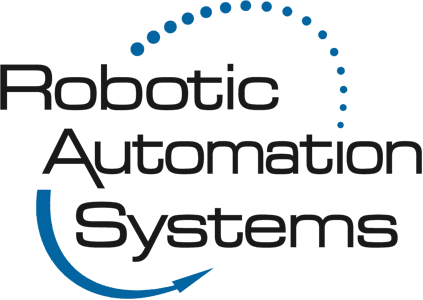Everything You Need to Know About Blow Molding
Blow Molding
If you look around your home or office, you’ll likely see products made by blow molding. Blow molding is a process for creating hollow plastic products made from thermoplastic materials. The process involves heating and inflating a hollow plastic tube. The plastic tube is placed between two dies that contain the desired shape of the final product. When air is pumped into the tube, the tube expands, and the walls get thinner as the plastic conforms to the shape of the mold. The product is then cooled and ejected from the mold. Packaging and bottling are the main applications of blow molding and account for almost 50% of the blow molding market worldwide.
Blow Molding Methods
There are three primary types of blow molding processes:
- Extrusion blow molding-melted is extruded into a hollow tube. Air is then introduced into the warm plastic, and the piece is ejected after it cools.
- Injection blow molding-plastic is inserted into a core pin and the machine rotates it until the plastic is inflated into the correct form.
- Injection stretch blow molding-plastic is molded into a solid pre-form. The pre-form is heated and fed into a stretch blow molding machine. After it’s heated, the object is blown into a plastic container of compressed air. This process is used for most soft drink bottles.
Products Typically Made with Blow Molding
- water bottles
- plastic buckets
- liquid containers
- plastic cups
- plastic barrels
- coolers
- toys
- fan housing
- stadium seating
Advantages of Blow Molding
- Because of its versatility, blow molding has become the industry standard in manufacturing all sorts of plastic ware.
- Capable of producing a wide range of products-just about any shape or size plastic object is easily manufactured with blow molding
- Cost effective-blow molding, compared to other methods is quite cost effective, with both production and machinery being less expensive
- Blow molding works well with products that are just one piece and require no assembly, such as water bottles or fuel tanks.
- Blow molding reduces flash. Flash is the little burrs or plastic bleed around the seams of products, which requires additional finishing. With blow molding, there is little to no flash.
Injection Molding
While blow molding is used to create hollow objects such as those listed above, injection molding is used to create solid objects, such as plastic plates, tools, or toys. It’s basically the same process as injection blow molding, but no air is added so that the plastic, metal, or glass raw material is turned into solid objects.
Robotic Automation Systems has been a leader and innovator in integrating automation and robotics for the plastics industry since 1993. Robotic Automation Systems solutions are custom engineered, built, and fully integrated into your application and process – from complete turnkey automation systems to specific robotic automation application needs and tooling. We proudly represent a broad range of high-quality automation robots from several top-of-the-line manufacturers.
If you would like to see how we can help you with your automation or robotic needs, visit our website, or contact us at 800-997-0989 or 608-602-5144.
